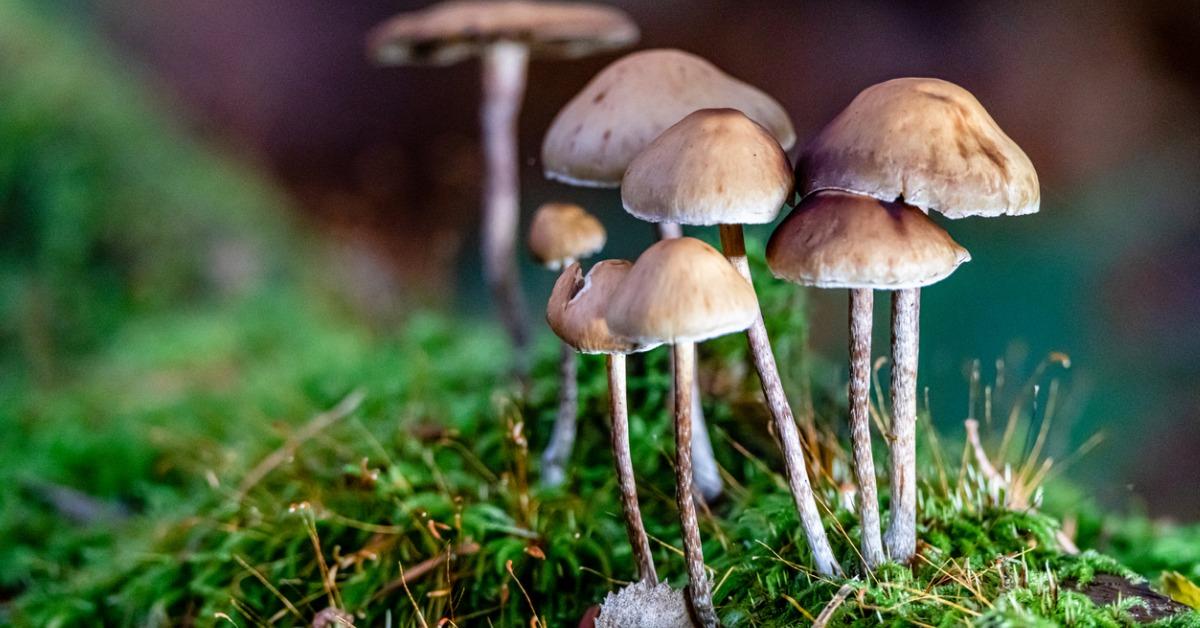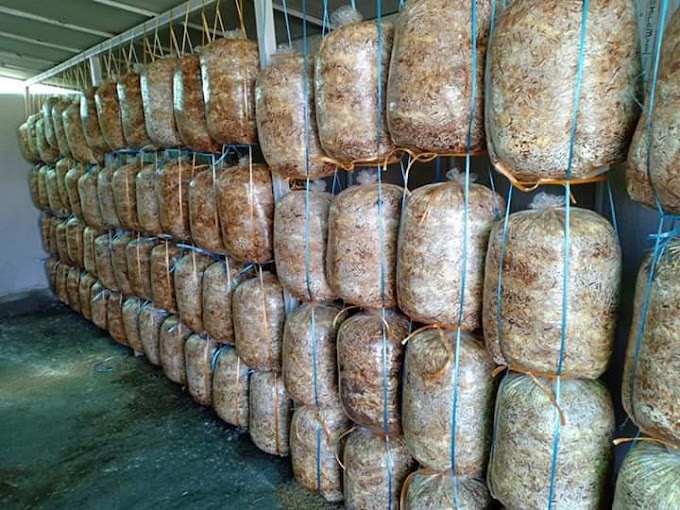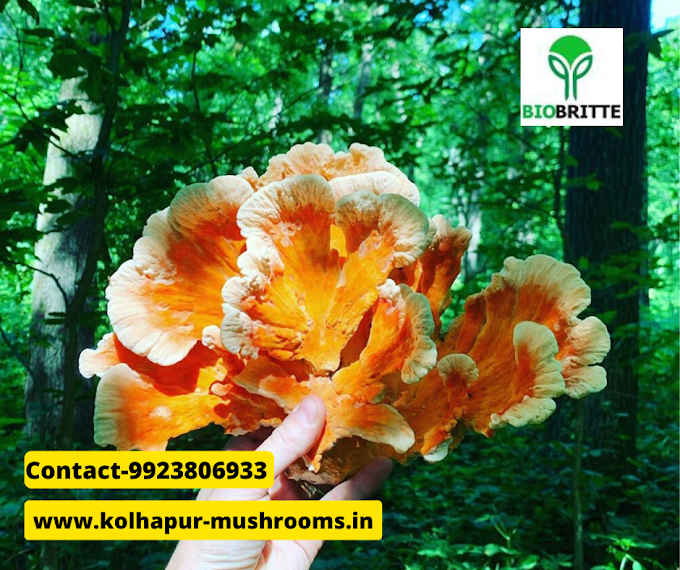Mushrooms Matter: Harnessing Fungal Power for Environmental Restoration
Harnessing fungal power for environmental restoration involves leveraging the unique capabilities of fungi, including mushrooms and their mycelium networks, to remediate contaminated sites, restore degraded habitats, and promote ecosystem resilience.
Here are some strategies for harnessing fungal power for environmental restoration:
1. Mycoremediation: Mycoremediation is the use of fungi to degrade and detoxify environmental pollutants, including petroleum hydrocarbons, pesticides, heavy metals, and industrial chemicals. Fungi such as oyster mushrooms (Pleurotus spp.), white rot fungi (e.g., Phanerochaete chrysosporium), and turkey tail mushrooms (Trametes versicolor) have been shown to effectively break down and metabolize toxic substances, thereby cleaning up contaminated soil, water, and air.
2. Soil Restoration: Fungi play a crucial role in soil restoration by enhancing soil fertility, improving soil structure, and promoting plant growth. Mycelium networks bind soil particles together, reduce erosion, and increase water retention, creating favorable conditions for vegetation establishment and ecosystem recovery. Fungi also contribute to nutrient cycling, carbon sequestration, and organic matter decomposition, supporting soil health and ecosystem functioning.
3. Habitat Rehabilitation: Fungi can be used to restore degraded habitats, such as deforested areas, mine sites, and polluted landscapes. By inoculating degraded soils with native mycorrhizal fungi and other beneficial fungi, it is possible to enhance plant establishment, increase biodiversity, and accelerate ecosystem recovery. Fungi provide essential ecosystem services, such as nutrient acquisition, disease suppression, and stress tolerance, which are critical for habitat rehabilitation efforts.
4. Biological Control: Fungi can be used as biological control agents to manage invasive species, pests, and pathogens in natural and agricultural ecosystems. Biocontrol fungi, such as Beauveria bassiana, Metarhizium anisopliae, and Trichoderma harzianum, can suppress pest populations through parasitism, predation, or competition, reducing the need for chemical pesticides and promoting sustainable pest management practices.
5. Green Infrastructure: Fungi can be incorporated into green infrastructure projects to enhance ecosystem services and promote environmental resilience in urban areas. Mycelium-based materials, such as mycofiltration systems and mycofoam insulation, can help mitigate stormwater runoff, reduce urban heat island effects, and improve air quality, contributing to the creation of healthier and more sustainable cities.
6. Community Engagement and Education: Engaging local communities and raising awareness about the importance of fungi in environmental restoration is essential for successful restoration efforts. Citizen science projects, community-based mushroom cultivation initiatives, and educational programs can empower individuals to contribute to environmental restoration efforts and foster a deeper connection to nature.
Overall, harnessing fungal power for environmental restoration offers promising opportunities to address pressing environmental challenges and promote sustainable development. By harnessing the ecological services and biotechnological capabilities of fungi, we can build resilient and thriving ecosystems for future generations.





